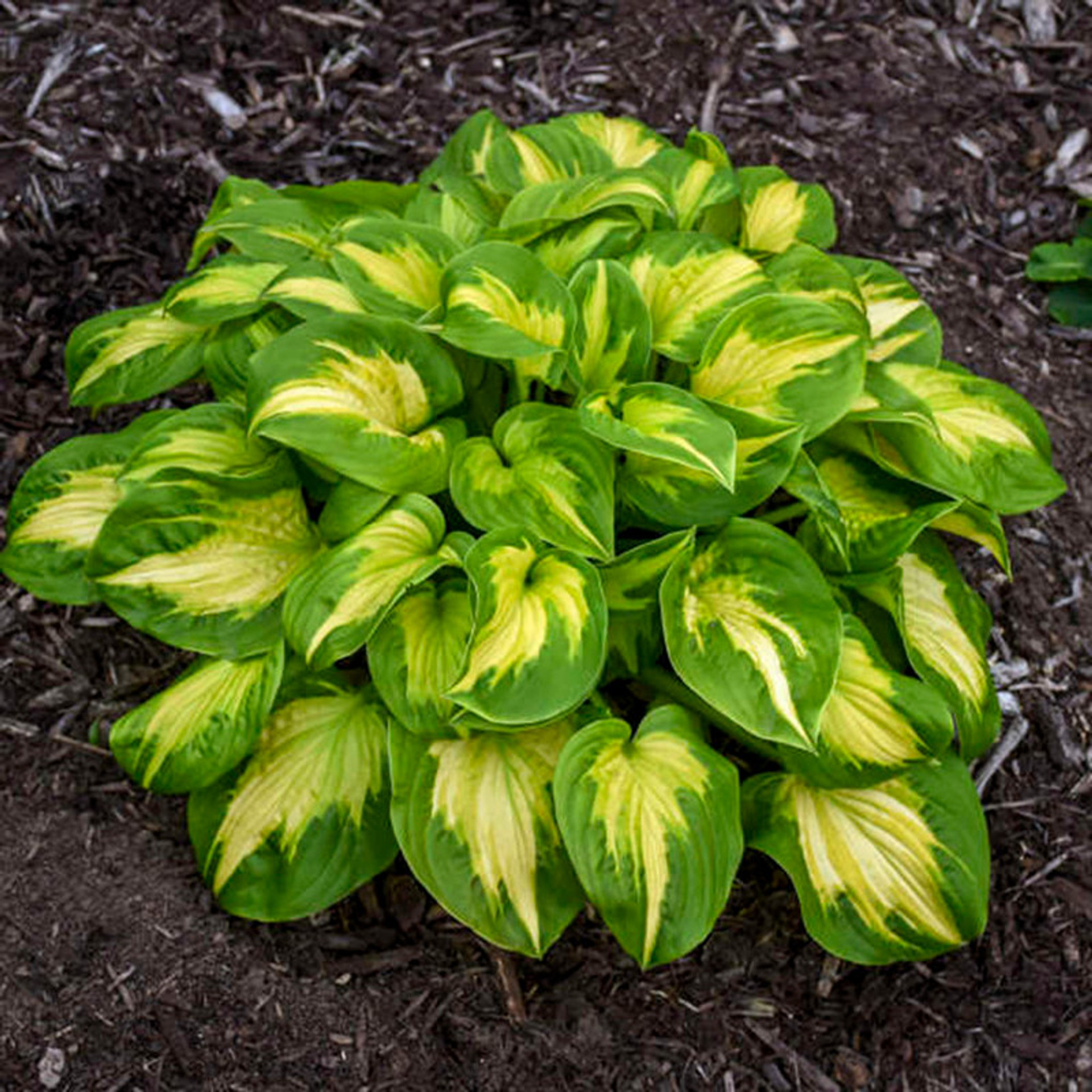
Barrenwort
Uses:
- Groundcovers
- In Planters
- Wildlife Gardens
Features:
- Attracts Pollinators
- Foliage Interest
- Low Maintenance
Sunlight:
- Full Shade to Partial Sun
- 0 - 3 Hours of Direct Sun
Growing Zones:
- 5-9
- What is My Zone?
Barrenwort, also known as Epimedium, are grown for their delicate, heart-shaped leaves and nodding flowers in yellow, pink, white, or purple flowers that bloom in spring. These shade-loving perennials are perfect for woodland gardens, shaded borders, or as groundcovers under trees, where they can create a lush, carpet-like effect.
About Barrenwort

Bishop's Hat, Fairy Wings, Horny Goat Weed, Yin Yang Huo
Asia (China, Japan, Korea), Mediterranean regions
Perennials
Deciduous
5–9
White, pink, yellow, orange, purple, or red
Spring
Clumping, spreading slowly by rhizomes
Bees and other pollinators
Shade, dry soil once established
Deer, rabbits
How To Use Barrenwort In The Garden
Barrenwort (Epimedium), also known as bishop’s hat or fairy wings, pairs delicate, columbine-like blooms with foliage often tinged in burgundy or gold. Is delicate, spurred flowers emerge in spring before new foliage appears. Beneath this dainty facade lies a plant able to handle low light and challenging root competition, including the dry shade under mature trees. Many types offer evergreen or semi-evergreen foliage for added winter appeal, while their slow-spreading rhizomes keep them from becoming a nuisance.
In shaded borders, the low profile and finely textured leaves complement hostas, ferns, and hellebores, creating a layered woodland scene. Edging a shaded path with barrenwort softens hard lines and weaves the space together. It also adapts to container use, where its tidy habit pairs well with other compact perennials. Over time, this gentle spreader helps discourage weeds while adding a graceful element to even the trickiest garden settings.
Barrenwort Care
Plant Barrenwort in partial to full shade and in well-draining, moisture-retentive loam soil. Dig a wide hole, position the crown above the soil line, and backfill with compost-enriched soil. Mulch to retain moisture and water deeply during establishment. Fertilize in early spring with a balanced formula and add compost for nutrient enrichment.
In winter, insulate roots with mulch and clear debris to protect the plant. Prune in late winter, cutting back old foliage to encourage new growth. For container growing, use well-draining soil in a pot with drainage holes, placed in partial to full shade. Water weekly, increasing during hot weather.
Learn More About Barrenwort Care

Barrenwort Companion Plants
Barrenwort partners thrive where soil is humus-rich, well-drained, and moist, and sunlight is filtered—classic woodland conditions. Overhead, hydrangea supplies a leafy canopy and midsummer clusters that keep the border colorful after barrenwort’s spring show, while bold hosta leaves form a weed-proof skirt that echoes its burgundy-tinged foliage. Threading through the gaps, arching ferns add season-long texture and lushness, and spring-blooming bleeding hearts time their pink pendants to complement the delicate, early flowers of barrenwort before gracefully receding.














